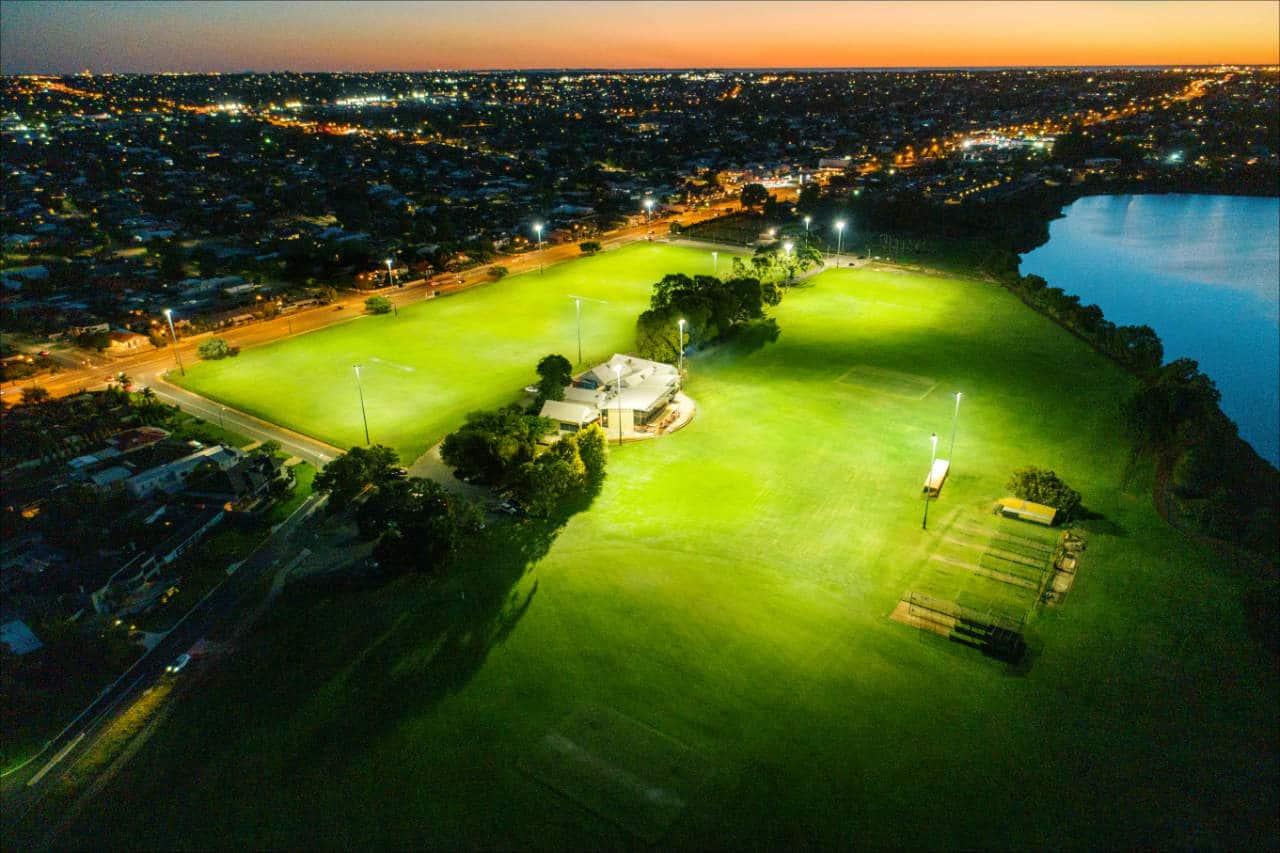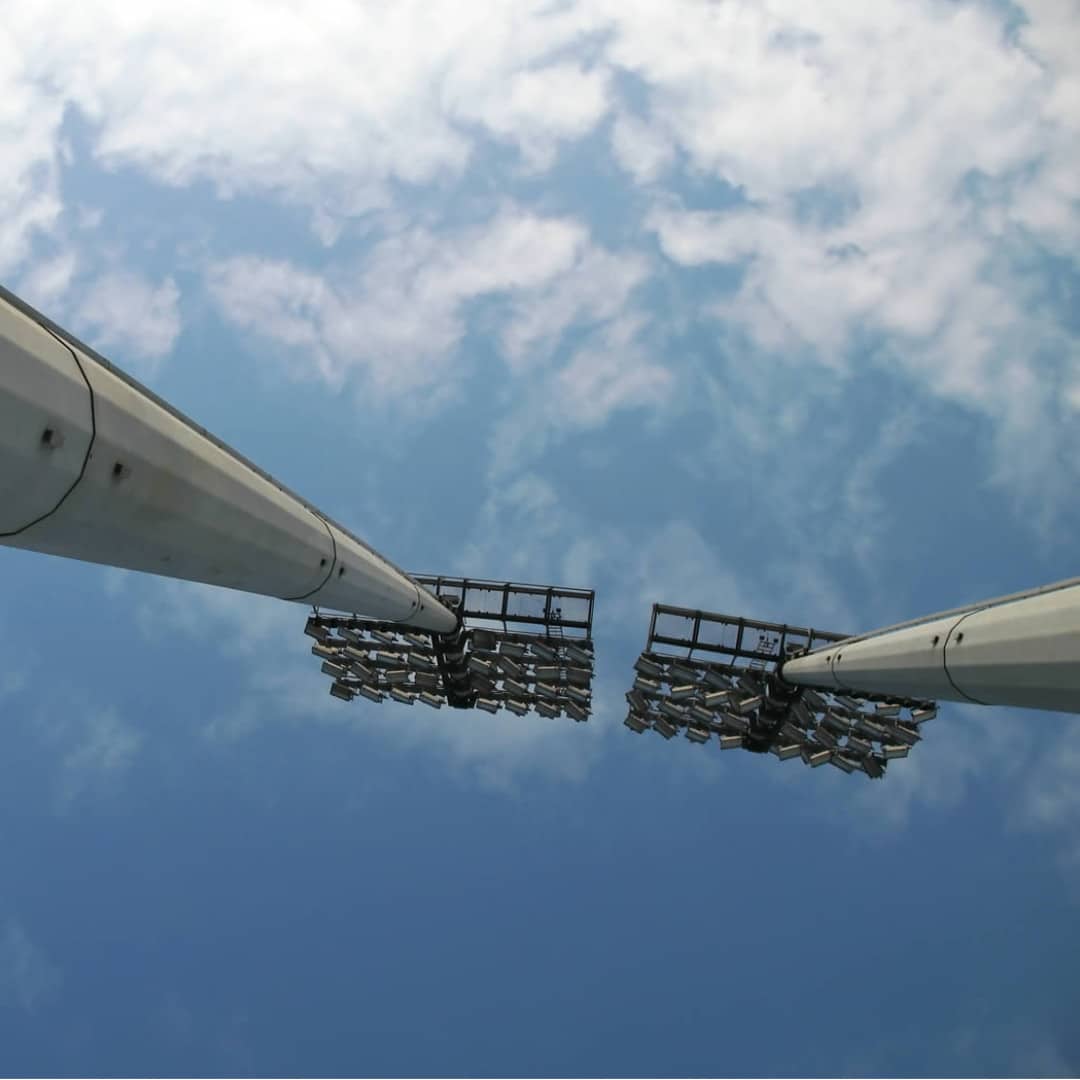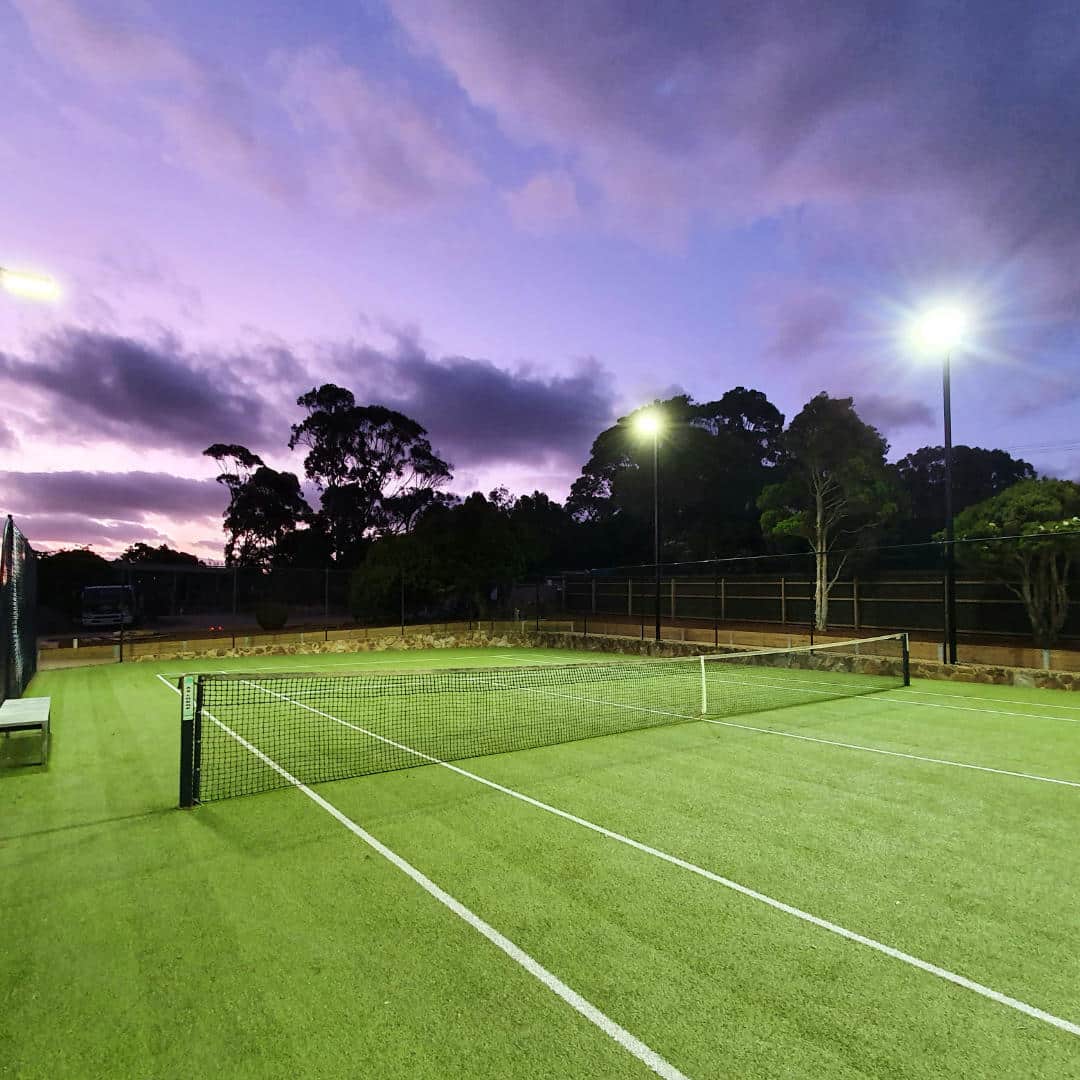
The sail area of LED light can be understood by thinking of a ships’ sails. When the sails are up (greater sail area), they catch the wind, and the boat moves forward. When the sails are down (lower sail area), there is much less resistance to the wind and therefore the boat doesn’t move.
In this way, the more area of a light that is presented to the wind, the more resistance it causes and the stronger the poles need to be. Whilst with boats, catching the wind is a good thing, with lamps it’s certainly not. If a lamp is small then there is less sail area for the wind to catch, compared to a large lamp, even if the weight is the same. Some lights mount flat which generally reduces the sail area, but some mount at 45 degs, increasing the sail area. This is specific to each lamp manufacturer and needs to be factored in early on.
As weight on a pole is pushing down, the engineers are less worried about that than they are about sail area. If the sail area of the lights is greater than that designed, it may cause the pole to blow over, even if the weight is within specification.
Most LED lights are considerably heavier than the equivalent metal halide fitting but also many have a greater sail area. When doing a retrofit you need to be careful that you are not overloading the poles. It is worthwhile getting an engineer involved to check your calculations and cross-reference what the pole is able to cope with. There have been many instances where a club has added lights to an existing pole, only to have the pole come down when there’s a heavy gust of wind.
This is not only very expensive to repair but could be fatal.


